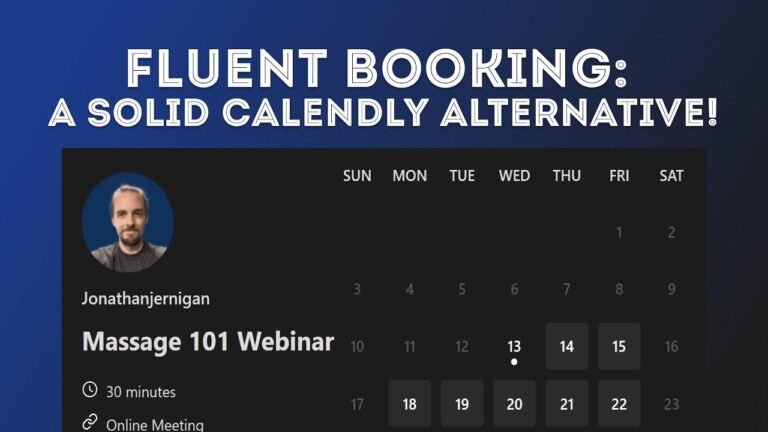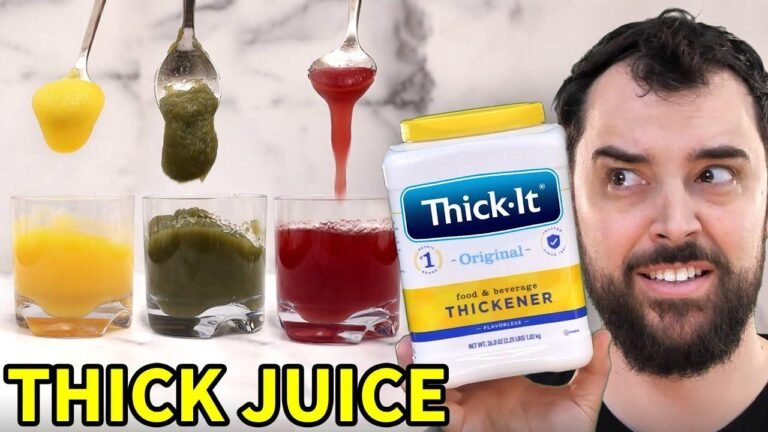- The key to Shopify SEO is the 80/20 rule: 20% effort gives you 80% results.
- Product titles should be SEO-friendly, concise, and readable.
- Include at least 100 words of description on product pages.
- Meta descriptions should entice clicks with a call to action.
- Optimize product URLs for readability and SEO.
- Categories and image optimization also impact SEO.
- Consider using SEO apps like Tiny Image for automation and optimization.
- Remember speed optimization for a faster website.
Introduction
Hey there! My name is Ed, and I’m a freelance Shopify developer. In this tutorial, I’m going to take you through a no-nonsense approach to basic SEO for your store. Whether you’re setting up a new Shopify store or have an established one, it’s important to ensure that you’re not skipping essential SEO tasks. Let’s dive into the practical aspects of Shopify SEO without getting overwhelmed by excessive research or expensive tools.
Product Page Focus
When it comes to SEO for your Shopify store, one of the key areas to focus on is the product pages. Let’s start with the basics of creating SEO-friendly titles for your products. Using the example of the popular "Raven Ken backpack," we’ll discuss how to structure your product titles to make them more searchable on Google.
| Strategy | Product Title Example |
|---|---|
| Brand & Model | Pure Raven Ken Small Backpack |
| Product Type | 16L Backpack |
| Identifying Features | Royal Blue |
Enhanced Product Descriptions
In e-commerce, the amount of content available on a product page matters for Google to understand the product better. Google recommends a minimum of 300 words of content per page, but a description of at least 100 words can be effective for smaller inventory.
- Bullet points with specific product specifications
- Utilizing Shopify’s AI writing tool for content enhancement
Optimizing Meta Data
While meta titles and descriptions play a role in SEO, on-page content holds more significance. However, optimizing these meta elements can positively impact click-through rates from search engine results.
| Meta Title | Meta Description |
|---|---|
| Pure Raven Ken Small Backpack | 16L Royal Blue Backpack |
| Shop from www.yourwebsite.com | Free delivery & shop online today |
URL & Category Optimization
Simplifying and optimizing your product URLs by streamlining them and removing unnecessary words or characters can aid in better search visibility. Additionally, categorizing your products effectively can improve their exposure in sales channels like Google Merchant Center and other marketplaces.
Image Enhancement
Optimizing your product images involves two essential elements: adding descriptive alt text for search engines and ensuring meaningful file names for better indexing and accessibility.
- Using concise keywords in alt text
- Renaming file names for improved relevance
Collection Pages and Homepage
Don’t overlook the importance of optimizing collection descriptions and homepage meta data for a well-rounded Shopify SEO strategy. Descriptive titles and engaging descriptions can enhance the visibility of your curated collections and overall store presence.
App Recommendations
Consider using SEO apps designed specifically for Shopify, such as Tiny Image, to automate and streamline several SEO optimization tasks across your store. These apps can provide significant value by making SEO efforts more efficient and manageable.
Conclusion
Optimizing SEO for your Shopify store involves a combination of strategic content management, meta data enhancement, URL structuring, and image optimization. By integrating these SEO best practices, you can enhance the overall discoverability and search engine visibility of your products and store. Looking to explore more advanced SEO topics? Stay tuned for future videos on advanced SEO strategies.
Key Takeaways
- Product titles should include brand, model, product type, and identifying features.
- Content optimization with bullet points and AI tools can enhance product descriptions.
- Meta data plays a role in click-through rates but on-page content is more vital.
- Simplify and categorize product URLs effectively for improved search exposure.
- Optimizing images with descriptive alt text and file names enhance accessibility and search visibility.
FAQ
Q: Is product description length crucial for SEO?
A: While Google recommends a minimum of 300 words per page, a concise and descriptive product description of at least 100 words can suffice for smaller inventories.
Q: How can SEO apps benefit Shopify store optimization?
A: SEO apps like Tiny Image offer automation and streamlining of SEO tasks, making it more efficient and manageable for Shopify store owners.
Remember, the more you integrate formatting such as tables, lists, bold, and italics, the greater the chance of your content standing out and ranking higher on Google. So, apply these formatting techniques in your content strategy to boost its visibility and engagement potential. Happy optimizing! 😉






